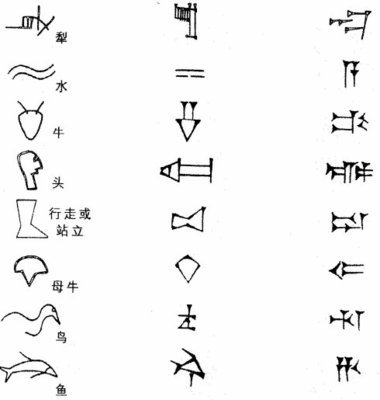
过去分词作定语与所修饰的词之间有两种关系:从时间上讲,表示动作已经完成;从语态上讲,表示被动的概念。分词作定语有两种形式:它可以放在被修饰的名词之前,称为前置定语;有的放在被修饰的名词之后,称为后置定语。
(1) 前置定语:单个过去分词及由过去分词构成的复合形容词作定语时,通常置于被修饰词之前。如:
the developed countries 发达国家;
well-trained policemen 训练有素的警察
man-made satellites 人造卫星;
invited people 被邀请的人
We only sell used books. 我们只卖用过的书。
(2) 后置定语:当单个过去分词及由过去分词修饰代词时,需置于被修饰词之后;过去分词短语作定语要后置。如:
Don’t use words, expression_rs or phrases known only to peoplewith specific knowledge.
不要运用只有具有特别知识的人才能懂的词汇和表达方式。
The bridge built last month needs repairing.
上个月建造的那座桥需要修理。
(3)部分过去分词作定语有的既可前置也可后置,意义不变,但部分过去分词置于被修饰词前后的位置不同,则意义也不相同。如:
All the broken windows have been repaired. =All the windows brokenhave been repaired. 所有坏了的窗户已经修理好了。
an adopted child 收养的孩子; a plan adopted 被采纳的方案
(4)分词短语作定语必须置于被修饰词之后,相当于一个被动语态的定语从句。如:
① The first textbooks written for teaching as a foreign languagecame out in the 16th century. = The first textbooks that(which)werewritten for teaching as a foreign language came out in the 16thcentury.
② The Olympic Games, first held in 776 BC, did not include womencompetitors until1912. = The Olympic Games, which were first heldin 776 BC, did not include women competitors until 1912.?
③ The man, having been disturbed so badly, almost lost his memory.= The man, who had been disturbed so badly, almost lost hismemory. 由于被严重困扰,这个人几乎失去了记忆。
(5)完成体的分词一般不作定语,若要表达完成意义最好用定语从句。如:
我们一般不说:The girl having won the race is my desk mate.
而常这样说:The girl who has won the race is my desk mate.
(6)一些不及物动词的过去分词作定语时在意义上只表完成不表被动。如:
① 表示被动也表示完成:the question discussed yesterday 昨天讨论的问题;the brokenglass 碎了的杯子; the person killed last year去年被杀的人
②只表示完成,不表示被动:newly-arrived goods新到的货;fallen leaves落叶;fadedflowers凋谢的花1. Travelling at a speed over 400 kilometres per hour,the train can complete the 30-kilometre journey in eight minutes. 火车以每小时400多公里的时速前进,在8分钟内就完成了30公里的路程。
注意速度speed和介词at的连用。如:
at full speed 以全速
at a speed of 50 miles per hour 以每小时五十英里的速度
at the top of one’s speed 某人以最高速度
at what speed 以多快的速度
 爱华网
爱华网

